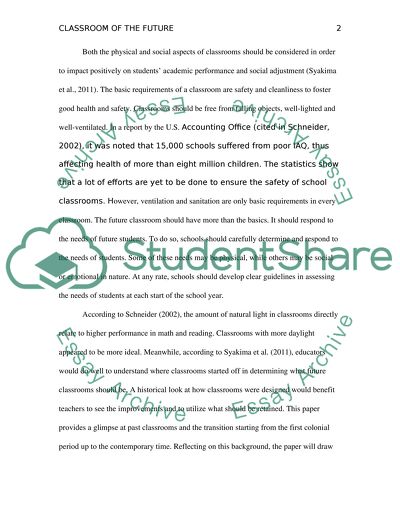Introduction and conclusion Essay Example | Topics and Well Written Essays - 500 words. Retrieved from https://studentshare.org/education/1683378-introduction-and-conclusion
Introduction and Conclusion Essay Example | Topics and Well Written Essays - 500 Words. https://studentshare.org/education/1683378-introduction-and-conclusion.


